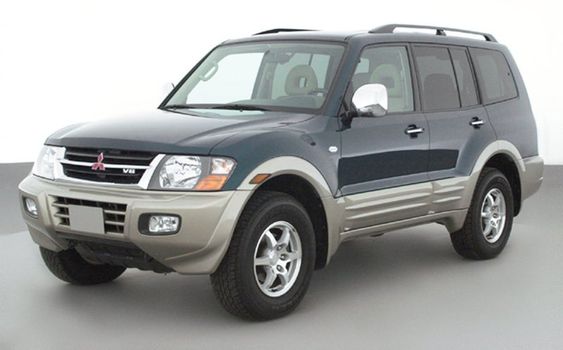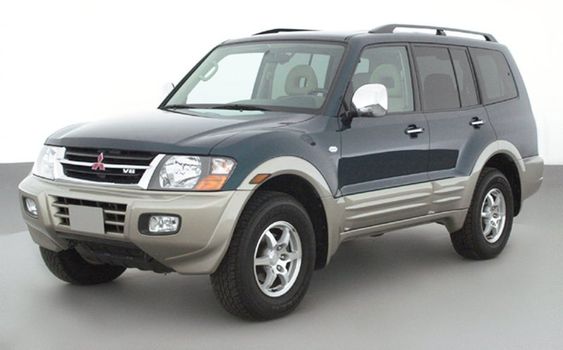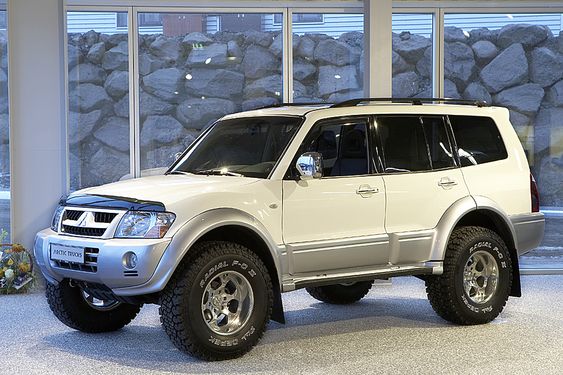
The Mitsubishi Pajero, known as the Montero in some markets and Shogun in others, has long been revered for its off-road capabilities, durability, and versatility. The 1999 model year of the Pajero marks a significant chapter in the vehicle’s storied history. This blog post delves into the features, performance, and enduring legacy of the 1999 Mitsubishi Pajero, exploring why it remains a beloved choice for off-road enthusiasts and adventurers worldwide.

A Brief Overview of the Mitsubishi Pajero
The Mitsubishi Pajero was first introduced in 1982 and quickly gained a reputation for its ruggedness and reliability. Over the years, the Pajero has evolved through various generations, each improving upon its predecessor in terms of technology, comfort, and off-road prowess. The 1999 model belongs to the second generation, which ran from 1991 to 1999.
Design and Styling
Exterior
The 1999 Mitsubishi Pajero features a robust and utilitarian design, characteristic of 4×4 vehicles of its era. Its boxy shape, high ground clearance, and wide stance give it an imposing presence on the road and trail. Key exterior features include:
- Bold Front Grille: The front grille is prominent, with a chrome finish that adds a touch of sophistication to the rugged design.
- Large Wheel Arches: These accommodate the Pajero’s substantial tires, essential for tackling rough terrains.
- Roof Rails: Practical for carrying additional gear, making the Pajero an excellent choice for long expeditions.
- Spare Tire Mounted on the Tailgate: A hallmark of off-road vehicles, this feature ensures that a replacement tire is always within easy reach.
Interior
Inside, the 1999 Pajero strikes a balance between practicality and comfort. The cabin is spacious, with ample headroom and legroom for both front and rear passengers. Key interior features include:
- Durable Materials: The use of hard-wearing materials ensures the interior can withstand the rigors of off-road adventures.
- Ergonomic Layout: Controls and instruments are intuitively placed, allowing the driver to focus on the road.
- Flexible Seating Arrangements: Depending on the configuration, the Pajero can accommodate up to seven passengers, with foldable seats to expand cargo space as needed.
- Basic, Yet Functional: While it may lack some of the modern luxuries found in contemporary SUVs, the Pajero’s interior is built to last and offers all the essential features for a comfortable ride.
Performance and Off-Road Capability
Engine Options
The 1999 Mitsubishi Pajero offered a range of engine options to cater to different markets and preferences:
- 3.0-Liter V6 Gasoline Engine: This engine provided a good balance of power and efficiency, suitable for both on-road and off-road driving.
- 3.5-Liter V6 Gasoline Engine: A more powerful option, delivering better performance for those who required extra power for towing or tackling challenging terrains.
- 2.8-Liter Turbocharged Diesel Engine: Known for its torque and fuel efficiency, this engine was favored by those who needed a reliable and economical option for long-distance driving and heavy-duty use.

Transmission
The Pajero came with both manual and automatic transmission options, allowing drivers to choose their preferred driving experience. The Super Select 4WD system was a standout feature, offering:
- 2H (Two-Wheel Drive High Range): For everyday driving on paved roads.
- 4H (Four-Wheel Drive High Range): Ideal for driving on gravel or slippery roads.
- 4HLc (Four-Wheel Drive High Range with Locked Center Differential): Provides extra traction for off-road conditions.
- 4LLc (Four-Wheel Drive Low Range with Locked Center Differential): Maximum traction for the most challenging off-road environments.
Suspension and Handling
The Pajero’s suspension system was designed to handle rough terrains with ease. It featured:
- Independent Front Suspension: Enhances ride comfort and stability.
- Live Rear Axle: Provides durability and robustness for off-road use.
- Coil Springs: Offer a smooth ride and excellent articulation, essential for navigating uneven surfaces.
Legacy and Enduring Popularity
The 1999 Mitsubishi Pajero remains a favorite among off-road enthusiasts and adventure seekers for several reasons:
Reliability and Durability
The Pajero is known for its bulletproof reliability. Its robust construction and reliable mechanical components mean that many 1999 models are still on the road today, performing reliably in various conditions.
Off-Road Excellence
The Pajero’s off-road capabilities are legendary. Its combination of powerful engines, advanced 4WD systems, and durable suspension makes it a formidable contender in off-road competitions and expeditions.

Versatility
Whether it’s used for daily commuting, long road trips, or challenging off-road adventures, the Pajero is versatile enough to handle it all. Its spacious interior and configurable seating make it practical for families, while its ruggedness appeals to outdoor enthusiasts.
Community and Culture
The Pajero has cultivated a strong community of dedicated owners and enthusiasts. Clubs, forums, and social media groups offer support, share experiences, and organize events, fostering a sense of camaraderie among Pajero owners.
Conclusion
The 1999 Mitsubishi Pajero is more than just an SUV; it’s a symbol of adventure, reliability, and off-road prowess. Its timeless design, robust performance, and enduring legacy continue to make it a sought-after vehicle for those who value durability and versatility. Whether traversing rugged landscapes or navigating urban streets, the 1999 Pajero stands as a testament to Mitsubishi’s commitment to building vehicles that can go the distance.
